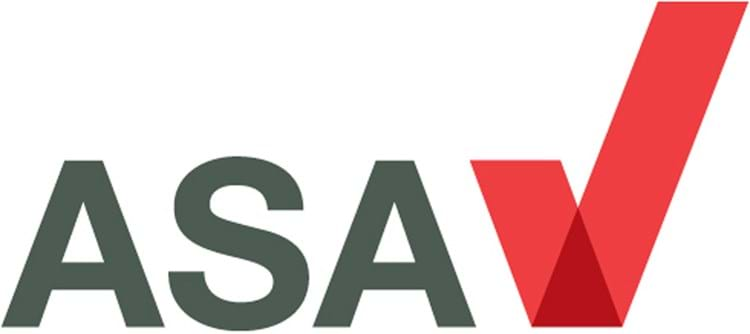The new guidance, issued on December 21 following an investigation that began in August, stipulates that estimates and guide prices should now include details of the fees that a buyer can expect to pay.
The document, issued by the Committee of Advertising Practice (CAP), gives examples of how fees, including VAT, buyer’s premium and other taxes, should be displayed when an estimate is published (see box, below).
It will be used as a supporting document alongside the existing CAP Code stating that quoted prices “must include non-optional taxes, duties, fees and charges that apply to all or most buyers”.
In response to a single complaint, the ASA was asked to consider whether estimates in auction catalogues are misleading if they fail to either state or include the buyer’s premium alongside the guide price.
The ruling has considerable practical implications to cataloguing and estimates for both online and in print catalogues.
Mixed Reaction
The news received a mixed reaction from auctioneers – although all stressed they will work with the ASA on this issue. Christie’s, Sotheby’s and Bonhams were yet to respond as ATG went to press.
Ian Cadzow, Roseberys’ managing director, described the ASA guidance as “a work in progress” while Guy Schooling, managing director of Sworders, told ATG: “I wholeheartedly agree with the principle of this. However, the ASA solution is extremely inelegant.”
Helen Carless, chairman of the Society of Fine Art Auctioneers and Valuers, said: “I am not sure the new ASA guidelines are fully workable in their current form and will continue to liaise with the ASA to ensure a clear solution is arrived at.”
However, some auctioneers were more welcoming. Stephen Whittaker, managing director at Fellows, said: “I don’t think the report, or its findings, will have an adverse effect on our business. We are happy to make any changes necessary. We welcome anything that gives the potential bidder increased confidence in the bidding process and transparency on charges can only be a good thing.”
The ASA says it will give auctioneers three months to update their practices. By March 2017, if another complaint is lodged, the ASA can take steps to remove or have amended any information that is in breach of the code.
The ASA said: “In response to a consumer complaint about the way auction catalogues referred to buyer’s premiums, the ASA consulted several stakeholders in the industry, and has arrived at a position on the way such fees should be displayed in order to comply with the CAP Code.”
The Guidance
The new guidance (published in full on the CAP website) requires “clear information to be provided on how [fees] would be calculated”. It gives examples of how auctioneers should display fees such as:
- Guide price £70,000-80,000 + 10% buyer’s premium and other fees OR
- Guide price £1000–2000 + 20% buyer’s premium and other fees (minimum £150)
Why has the ASA issued this guidance?
A consumer complaint about the way auction catalogues referred to buyer’s premiums led the ASA to investigate and consult the industry.
What power does the guidance have?
The guidance is to be used as an accompanying document to the existing Committee of Advertising Practice (CAP) Code.
When does the ASA investigate breaches?
The ASA investigates incidents following complaints.
What powers does the ASA have if it rules a company is in breach of the code? The ASA can order the withdrawal of the offending advert/publication and pursue persistent offenders but it cannot fine or take companies to court.






